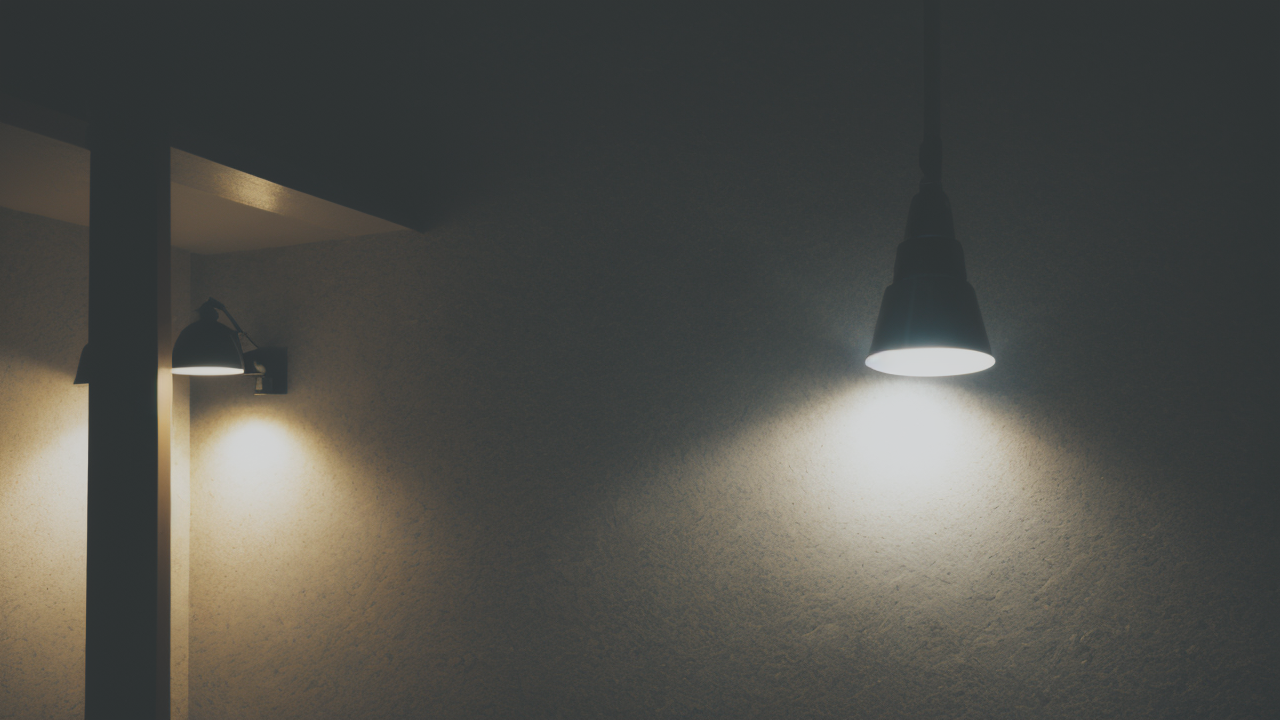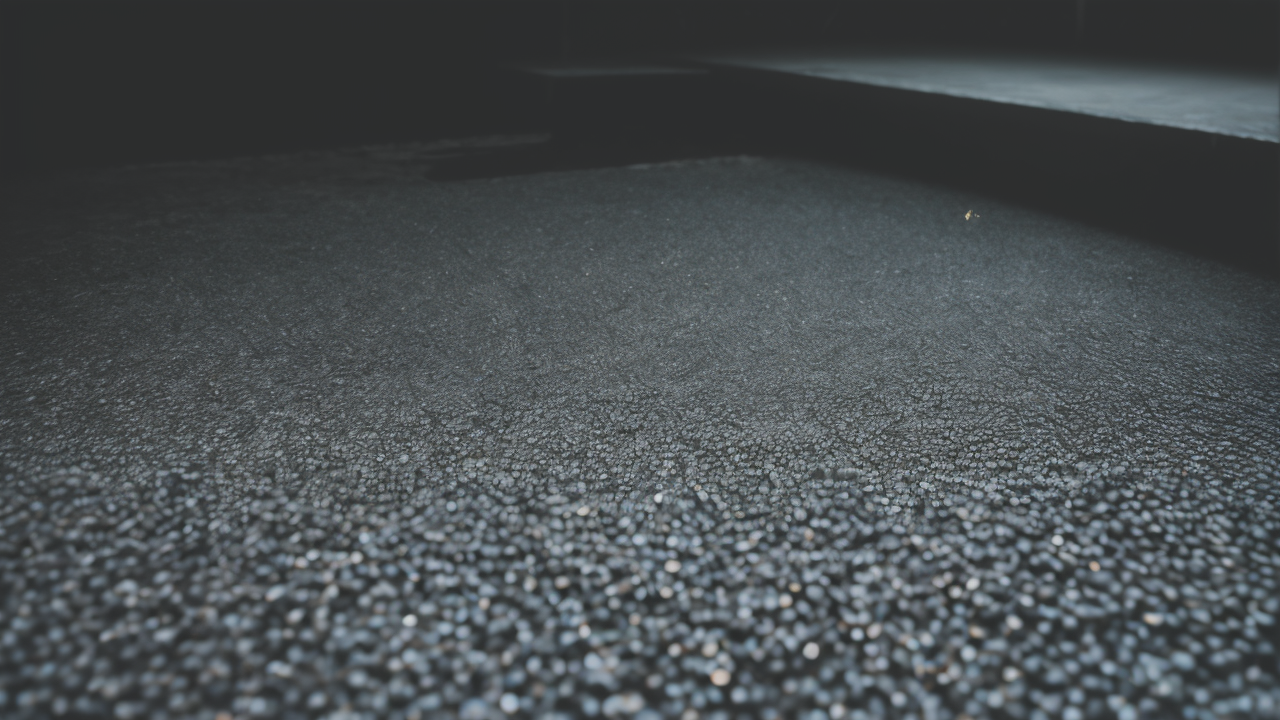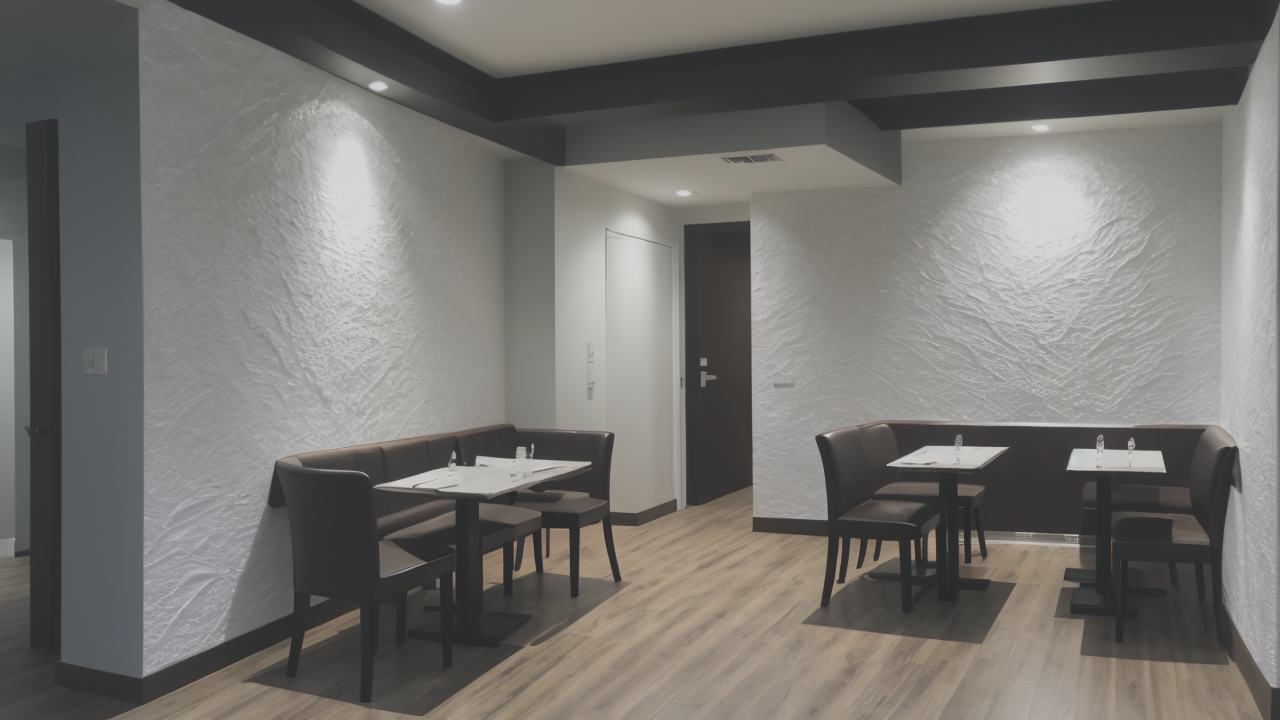
Texture Plaster Art: Transforming Blank Walls into Captivating Masterpieces
Understanding Texture Plaster Art and Its Significance in Home Decor
What is Texture Plaster Art?
Texture plaster art is a unique form of wall decoration. It involves applying plaster to walls in creative ways. This technique adds depth and visual interest to plain surfaces. Artists use special tools to create patterns and textures. The result is a stunning, three-dimensional effect that transforms ordinary walls into works of art.

Texture plaster art can mimic various materials. These include stone, wood, and even fabric. It offers endless possibilities for customization. Homeowners can choose from smooth, subtle textures to bold, dramatic designs. This versatility makes it suitable for any style of interior décor.
The Rise of Texture in Interior Design Trends
In recent years, texture has become a key element in interior design. Designers are moving away from flat, monotone surfaces. Instead, they're embracing tactile and visually interesting elements. Texture plaster art fits perfectly into this trend. It adds warmth and character to spaces that might otherwise feel cold or sterile.
The popularity of texture plaster art has grown rapidly. Social media platforms like Instagram and Pinterest have showcased its potential. Homeowners are inspired by the unique and personalized look it can create. As a result, more people are seeking out this art form for their own homes.
Why Homeowners are Choosing Textured Walls
Homeowners are drawn to texture plaster art for several reasons. First, it offers a unique way to express personal style. Unlike paint or wallpaper, each plaster art piece is one-of-a-kind. This allows for true customization of living spaces.
Texture plaster art also adds value to a home. It's seen as a high-end finish that can increase property appeal. Many homeowners view it as an investment in their property. Additionally, textured walls can hide imperfections in wall surfaces. This makes them a practical choice for older homes or those with structural issues.
Another benefit is the durability of plaster art. When properly sealed, it can last for many years. It's also easy to clean and maintain. This makes it a practical choice for busy households or high-traffic areas.
The Process of Creating a Texture Plaster Art Piece
Choosing the Right Materials
Selecting the right materials is crucial for creating stunning texture plaster art. The base material is typically gypsum or lime-based plaster. These come in various formulations, each offering different properties. Some are better for smooth finishes, while others excel at creating rough textures.

Artists also need to consider pigments and additives. These can alter the color and texture of the plaster. Natural pigments often provide rich, earthy tones. Synthetic options offer a wider range of vibrant colors. Additives like sand or glass beads can create unique textures and light-catching effects.
Tools are another important consideration. Trowels, spatulas, and brushes are common choices. Each tool creates a different effect on the plaster surface. Artists often experiment with various tools to achieve their desired look.
Application Techniques for a Flawless Finish
Applying texture plaster art requires skill and patience. The process usually begins with preparing the wall surface. This may involve cleaning, priming, or applying a base coat. The artist then applies the plaster in layers, building up the desired texture and depth.
There are several techniques for creating texture:
- Troweling: Using a trowel to create smooth or rough patterns
- Stippling: Dabbing the surface with a brush or sponge for a dotted effect
- Combing: Dragging a toothed tool through wet plaster for linear patterns
- Stamping: Pressing objects into the wet plaster to create impressions
The key to a flawless finish is timing. The artist must work quickly while the plaster is wet. Yet, they also need to allow each layer to set properly before adding more. This balance requires experience and a good understanding of the material's properties.
Tips for Maintaining and Caring for Plaster Art
Proper maintenance ensures that texture plaster art remains beautiful for years. Here are some tips:
- Gentle cleaning: Use a soft, dry cloth to remove dust. Avoid harsh chemicals or abrasive materials.
- Address spills quickly: Wipe away any liquids promptly to prevent staining.
- Avoid impact: Textured walls can chip if hit with hard objects. Be cautious when moving furniture.
- Touch up as needed: Small damages can often be repaired with matching plaster.
- Resealing: Every few years, apply a clear sealant to protect the surface.
Regular inspections can help catch any issues early. This prevents small problems from becoming major repairs. With proper care, texture plaster art can maintain its beauty for decades.
Case Studies: Texture Plaster Art Success Stories in the United States
Residential Projects: Transforming Homes with Plaster Art
Texture plaster art has transformed countless homes across the United States. In a modern loft in New York City, an artist created a feature wall mimicking raw concrete. This added industrial chic to the space without the weight of real concrete. The textured wall became the focal point of the open-plan living area.

In a beach house in California, plaster art was used to create a wave-like texture. The undulating pattern in soft blue tones brought the ocean indoors. Visitors often remarked that it felt like being inside a seashell. This unique design significantly increased the home's market value when it was later sold.
A historic home in New Orleans used texture plaster art to restore damaged walls. The artist recreated the original 19th-century patterns. This preserved the home's character while fixing structural issues. The project won an award for historic preservation.
Commercial Spaces: Businesses That Stand Out
Businesses have also embraced texture plaster art to create memorable spaces. A high-end restaurant in Chicago used gold-flecked plaster on its walls. The shimmering texture created an atmosphere of luxury and elegance. This unique décor became a talking point among diners, boosting the restaurant's popularity.
A boutique hotel in Miami used texture plaster art throughout its lobby. The walls featured a coral-inspired pattern in vibrant colors. This created a strong first impression for guests, setting the tone for a tropical getaway. The hotel saw an increase in positive reviews mentioning the distinctive décor.
A tech startup in San Francisco used texture plaster art to divide its open office. The textured walls created subtle separations between work areas. The organic patterns also helped absorb sound, improving the office acoustics. Employees reported feeling more focused and creative in the redesigned space.
The Impact of Plaster Art on Property Value and Aesthetics
Real estate professionals have noticed the impact of texture plaster art on property values. Homes with custom plaster finishes often command higher prices. They stand out in listings and tend to sell faster than comparable properties without such features.
A study in Los Angeles compared similar homes with and without texture plaster art. Those with textured walls sold for an average of 5% more. The unique finishes were cited as a key factor in buyer decisions. Real estate agents now often recommend texture plaster art as a way to increase home value.
Beyond monetary value, texture plaster art significantly enhances aesthetics. It can completely change the feel of a space. Homeowners report feeling more connected to their living environments. The tactile nature of textured walls creates a sensory experience that flat surfaces can't match.
In conclusion, texture plaster art has proven to be more than a passing trend. It's a versatile, valuable addition to both homes and businesses. As more people discover its potential, it's likely to become an even more integral part of interior design.


